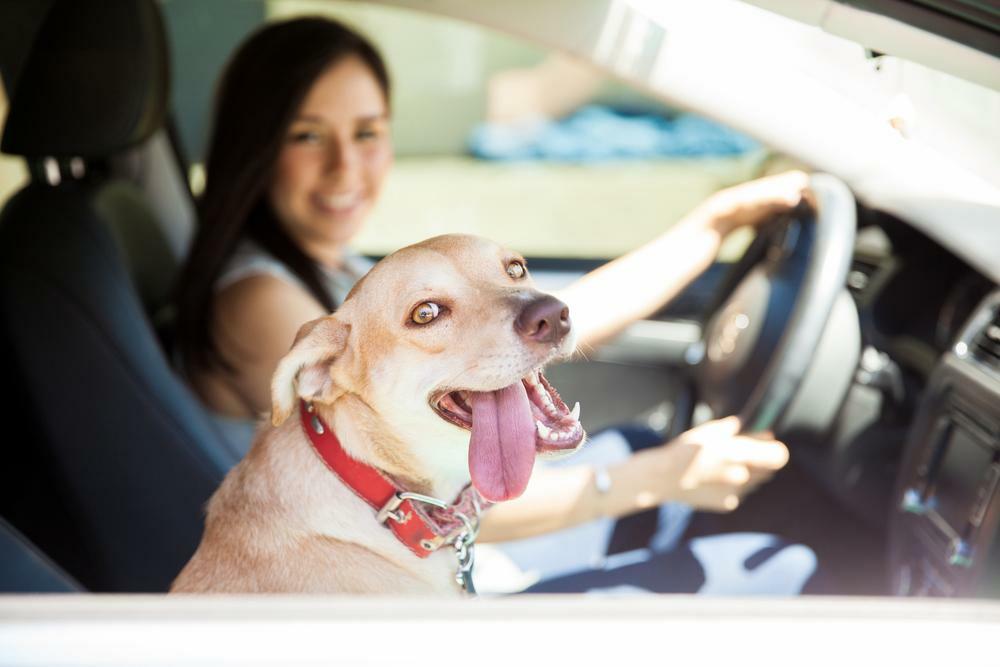How to Be a Great Pet Foster Parent
As pet lovers, it’s hard to see so many fur babies in shelters, desperately hoping to find their own homes. We can dream of adopting them all but that isn’t very realistic. While we may not be able to give every pet a home, as pet foster parents, we can give many a much happier life outside of their shelter walls.
Have you ever considered becoming a pet foster parent? It allows you to help out multiple shelter pets until they find their forever families. Check out Union Lake Pet Service’s tips on what to expect.
Making the Decision
Before you act on impulse and jump right in, there are a few things that are important to consider. These questions will help you decide if being a pet foster is right for you and prepare you for what to expect.
- Could I let them go? Emotions run high when you have to return the foster to the shelter or new owner. You may understand that it is what is best for your foster, but how well would you be able to handle this transition?
- Can I deal with the chaos? Be ready to expect some barking, a few accidents, and a period of training with any new pet you bring into the home.
- Do I have the time? Fosters require a lot of time, especially in the first few weeks. For your sake and theirs, be sure you can commit to the amount of time needed to acclimate your new fur friend.
- Can I handle my own pups as well? The pets in your home will certainly be curious about the newcomer. You’ll need to separate them at first. Can this be done without too much added stress to you or your pets? Is your pet(s) socialized enough to get along with a foster?
- Is my family ready for the commitment? A foster pet impacts kids, spouses, roommates, etc., so you want to be sure that everyone is on board.
These are only a few of the questions to ask yourself. Check out the rest of these tips for more help in making your decision.
Getting Ready
Bringing a foster home is exciting, but there are a few things to prepare for ahead of time.
- Food and water bowls
- A collar, tag, and leash
- Bedding
- Crate
- Baby gates to help keep the foster out of trouble
- Treats
- Toys (age and size appropriate)
- Grooming supplies
Now that you have your supplies, here are a few ways to pet-proof the house:
- Lock down or move all trash cans.
- Make sure all food and medications are placed out of reach.
- Toilet lids must remain closed (dogs can get sick from toilet bowl cleaners).
- Plants might need protecting from happy, wagging tails.
- Find a secure place for any of the following: lotions, wires of any kind, clothing, household cleaners, and anything that a curious pet might get into.
Welcome Home!
The day has arrived to bring home your adorable foster pet. It’s likely that everyone will want to meet and play with the pet, but those exciting interactions should be minimized in the first few weeks. Short, positive introductions are a great way to start.
- If you have another pup of your own, introduce the two somewhere neutrally. The best option is to take them on a walk together. This helps them bond.
- Cats aren’t always fond of change (or dogs, for that matter). Ease them in slowly by letting the pets smell each other through the door. Eventually, use a leash or hold your foster pet when you do a face-to-face with your cat.
- Children are usually very excited to bring in a new pet. Monitor their interactions around the foster, making sure that their activity isn’t overwhelming to your foster pet.
Happy Tails
Being a good pet foster parent can make a difference in the lives of many foster animals. Preparing ahead of time is key. Creating routines for your foster can reduce stress. If you’re able to handle being a pet foster parent, it can be highly satisfying and rewarding for both you and your foster animals. For more tips, follow this link, and we are always here to answer your questions!

